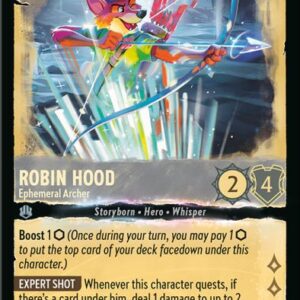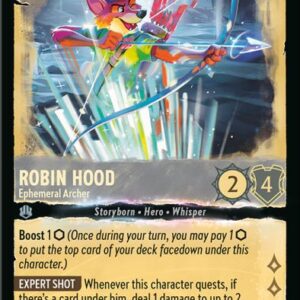Ah, Pokémon cards—a nostalgic wave from the past that continues to mesmerize fans and collectors alike. Whether you’re a seasoned enthusiast or someone who stumbled across a dusty binder stuffed with trading cards in the attic, understanding the differences between Shadowless and shadowed (Unlimited) Pokémon cards is crucial in this vibrant and ever-expanding world of collectibles.
When we talk about the Base Set Pokémon cards, our attention often zooms in on the trio of early releases from 1999: First Edition, Shadowless, and Unlimited. These releases aren’t just about the changing visual aesthetics; they narrate the story of a market and its waning and waxing trends, reflected today in prices that can vary drastically between them.
Simply put, “Shadowless” cards belong to an early print-run of Pokémon’s Base Set characterized by their lack of a shadowy effect around the Pokémon artwork. The early Base Set cards presented a curious, somewhat misleading kind of flat picture frame with no gray shadow along the right edge of the art window. This feature gives them their coveted name—Shadowless. As events unfolded, soon thereafter, these cards gained an additional design element—a soft gray shadow lining to the right of the artwork, creating a more three-dimensional effect. These are the shadowed or Unlimited cards, familiar to many who unwrapped packs back in the day.
A quick peek at history: First Edition Base Set cards debuted first and featured the shadowless design coupled with a distinguished, identifiable black stamp. The next wave consisted of Shadowless cards minus the First Edition stamp, keeping the shadowless aesthetic. Eventually, the enormous release termed “Unlimited” adopted the shadowed layout, surrounding shelves across stores for the foreseeable future.
Now, why do collectors eye Shadowless cards with such zeal many years after their original release? Well, it’s all about rarity and scarcity. It stands as the middle child in the family tree of Base Set releases—not as rare as First Editions but relatively scarcer than the widely known Unlimited cards. For key cards like Charizard, Blastoise, and Venusaur, having “Shadowless” proudly embossed on a grading label often serves as a siren call, elevating their market value considerably.
The art of identifying Shadowless cards boils down to a few tell-tale visual cues. First up: the picture frame. On the Shadowless card, the art window’s right edge remains unshadowed and flat, whereas an Unlimited card dazzles with a soft gray shadow. Next, focus on the font. The HP text and numbers on Shadowless cards appear thinner with tighter spacing compared to their Unlimited cousins, where the text feels thicker and slightly more spread out.
Observe the border tone and ink usage as well. Shadowless prints typically sport lighter yellow borders and a softer ink tone, whereas an Unlimited version may look richer or bolder. It’s subtle, though, so bear in the back of your mind that this should never be your solitary test.
Evolution box and attack text add to the inspection process. Shadowless cards portray finer and thinner typography in these sections, while Unlimited cards are prone to bolder, weightier texts.
A slightly lesser-known visual marker is the copyright line on the cards. Shadowless cards generally feature an early, compact multi-year Nintendo, Creatures, GAMEFREAK copyright line. In contrast, small formatting tweaks have been introduced in the Unlimited variant. The holo layers and print patterns can also differentiate the two, with Shadowless foils having slightly varying sheens and print textures compared to some Unlimited prints.
Another important angle to explore is the provenance of these cards. Simply put, Shadowless cards came from early Base Set boxes and packs—time capsules with short shelf lives. Unlimited cards arose in vast quantities, their packs adorning store shelves for much longer periods. Enclosed collectors keep an eye out for these runs by studying box art and seal styles.
To wrap this up with practical examples that are frequent among collectors: A First Edition Charizard is automatically Shadowless given its black stamp, while a non-stamped Shadowless Charizard remains a harder-to-find gem than the familiar Unlimited shadowed Charizard reminisced by many. The vivid visual lesson taught by the 2-Player Starter Set’s 1st Edition Machamp, which retained the shadowless layout, versus later shadowed layout iterations, amplifies this translation further.
Lastly, Trainer cards and basic Energy cards exhibit the shadowless vs. shadowed dichotomy, providing a comprehensive view of the era. The collectability gradient remains quite clear: First Edition Base at the top tier, followed by the Shadowless Base, with Unlimited Base anchoring the trio. Always be on alert for these shadowless icons—it’s not about the number of cards; it’s about seeing the story they tell through those subtle yet historical shadows and shines.





